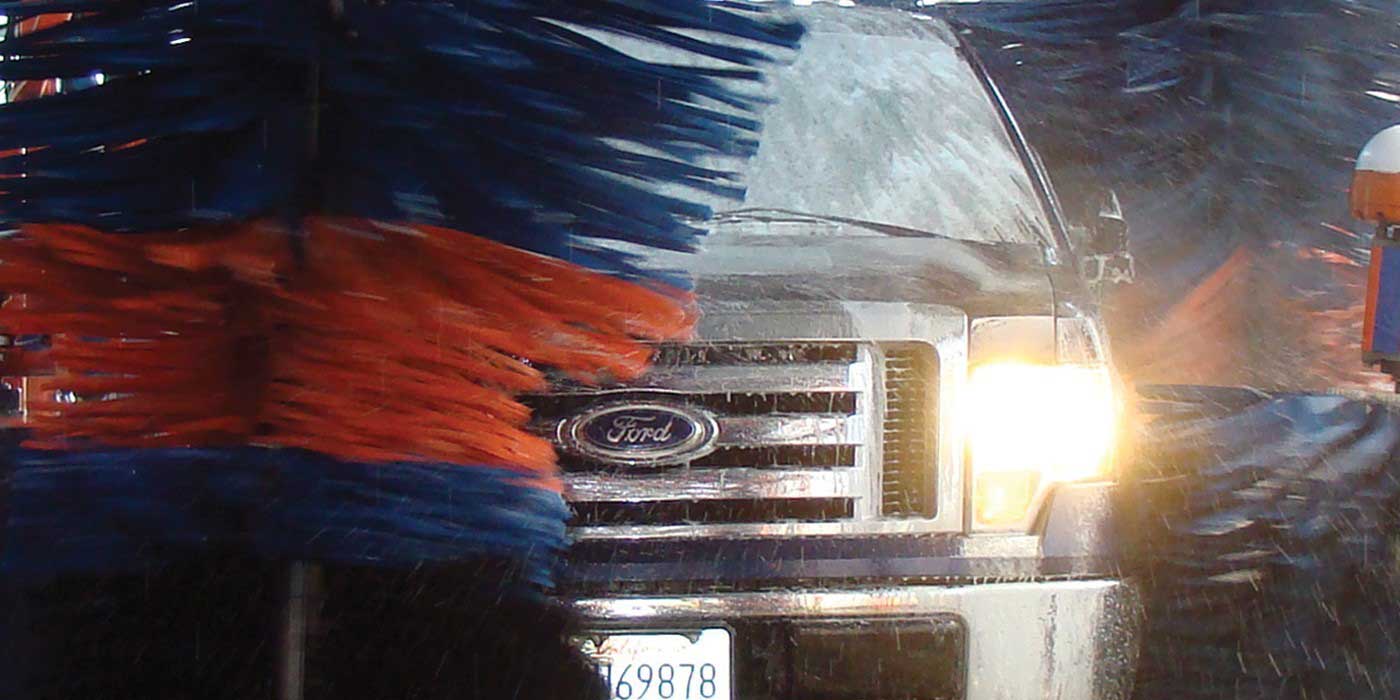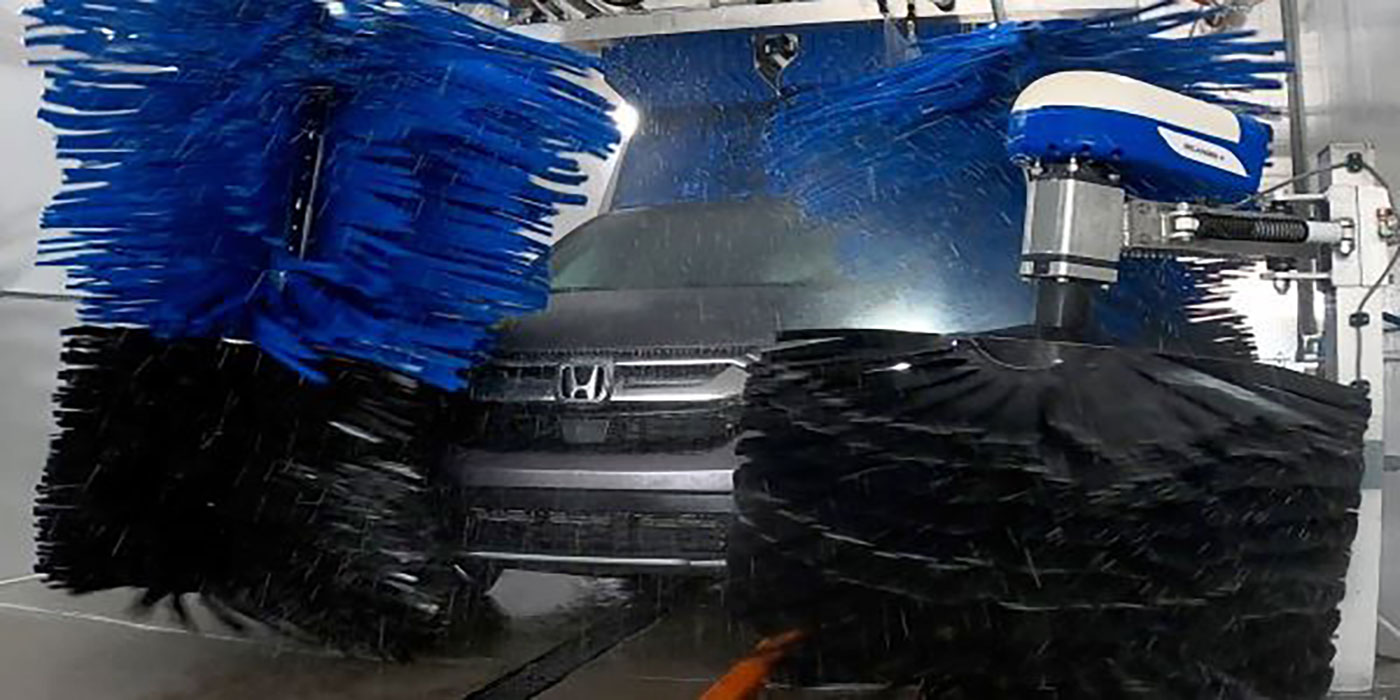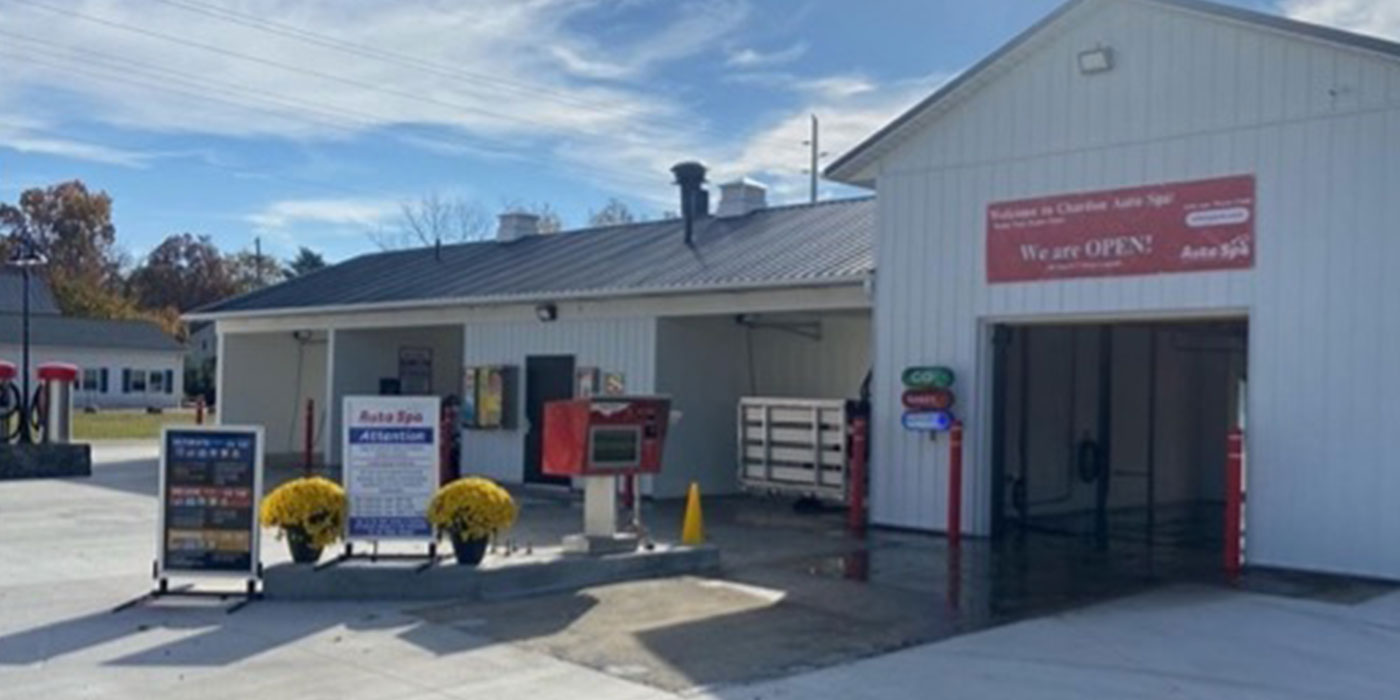CORTLAND, N.Y. — In a recent CarWash Safety 101 with Mike Benmosche blog post, provided below, McNeil & Company National Carwash Program Specialist Mike Benmosche offers advice on how to establish an effective ladder safety program.
In my many years surveying carwash operations, I have found that several operators fail to provide formal training for ladder safety. I believe that many feel it is too basic of a subject and not worth the time and effort. Ladder safety is a simple issue that can turn serious very quickly if it is not addressed correctly. Still having doubts? Consider the following incident:
Several years ago, one of my clients experienced a $2 million verdict due to a claim involving an injury caused by a fall from a ladder. The case involved a vendor who was visiting the property. The vendor needed a ladder tall enough to reach the top of the roof and found that his ladder was too short. Without consulting the operator, he searched and found a ladder to meet his needs in a storage closet. Unbeknownst to him, this was a defective ladder that was scheduled to be disposed of. While climbing to the top of the ladder, a rung gave way, causing the vendor to fall and break his back.
Not the operator’s fault, you say? The jury didn’t agree. There wasn’t a sign on the ladder stating that it was defective. There wasn’t a warning sign on the door of the equipment room showing entry was restricted to employees only. The ladder wasn’t even properly secured. Also, without a written ladder program, the operator was in violation of an Occupational Safety and Health Administration (OSHA) standard. Don’t let something this easily avoidable happen to you.
The following are some simple steps to establish an effective ladder safety program:
- Develop a written ladder procedure. This should address minimum mandatory actions for the selection, installation, maintenance and use of ladders.
- Develop a training schedule to ensure that all employees are given the proper information to comply with your policy.
- Schedule regular ladder inspection sessions.
- Assign a minimum of two employees that will be responsible for the administration of this program.
- Be certain that there is a specific procedure for any vendor or contractor while they are visiting your locations.
- Establish an enforcement policy for your ladder program.
- Design an easy-to-use checklist to assist employees with compliance.
- Do not store ladders near corrosive chemicals that may compromise the integrity of the components.
- Remember, aluminum ladders can be conductors of electricity. Care should be taken when carrying these around electrical wiring, particularly in equipment rooms and tunnels.
It’s often difficult to engage employees when they think topics like ladder safety are common sense. However, that is when they need training the most. When employees become too comfortable with the process, it can breed a culture of complacency, leading to carelessness and increasing the chances of avoidable accidents. Understanding the basics of ladder safety will help keep your employees and visitors safe. Often, safety is nothing more than consistent reminders of common sense information. If you already have a plan in place, be sure it meets the minimum criteria listed above. If you don’t, it is important that you create one today.
Remember, a safe wash protects people and profits.
You can find this blog post and more carwash safety tips at www.cwinsurance.blogspot.com/.














